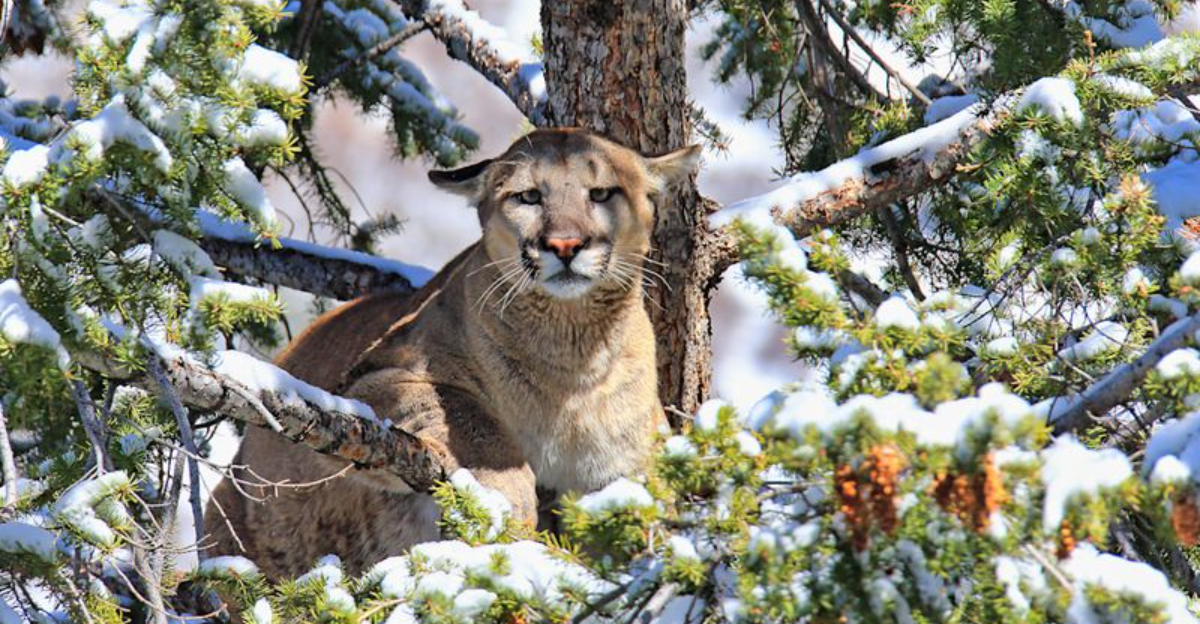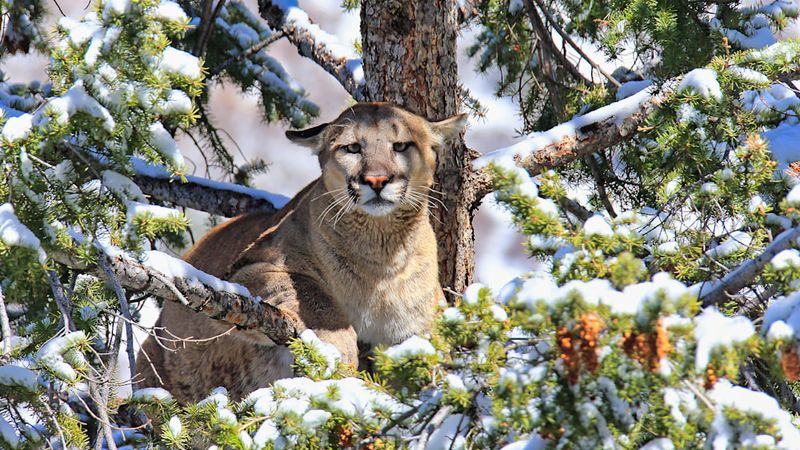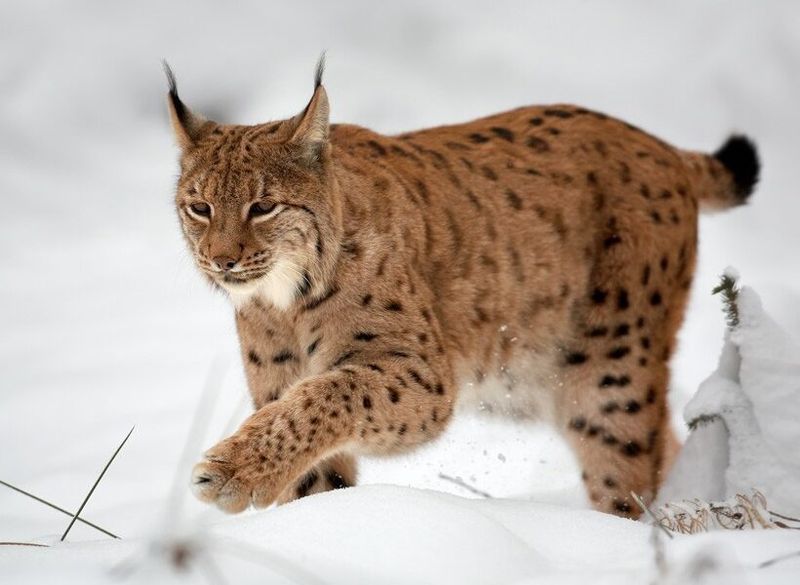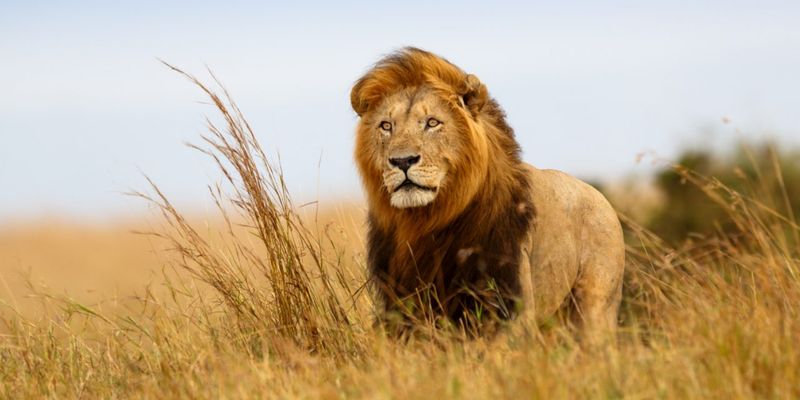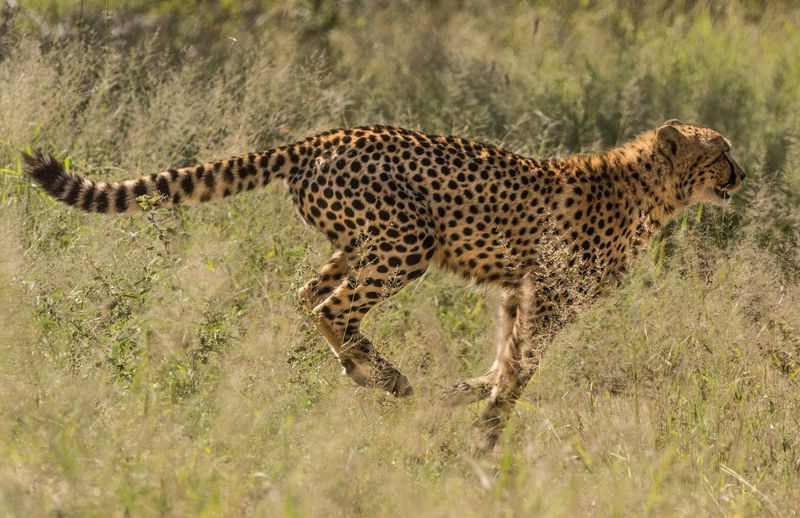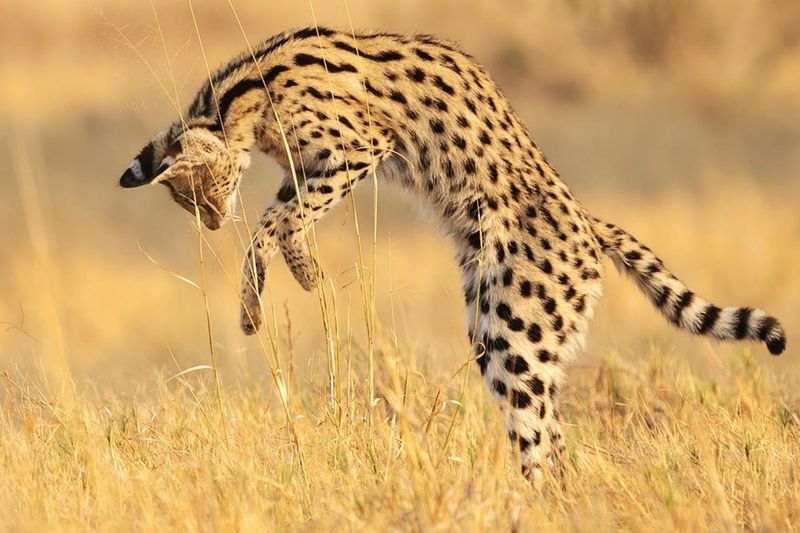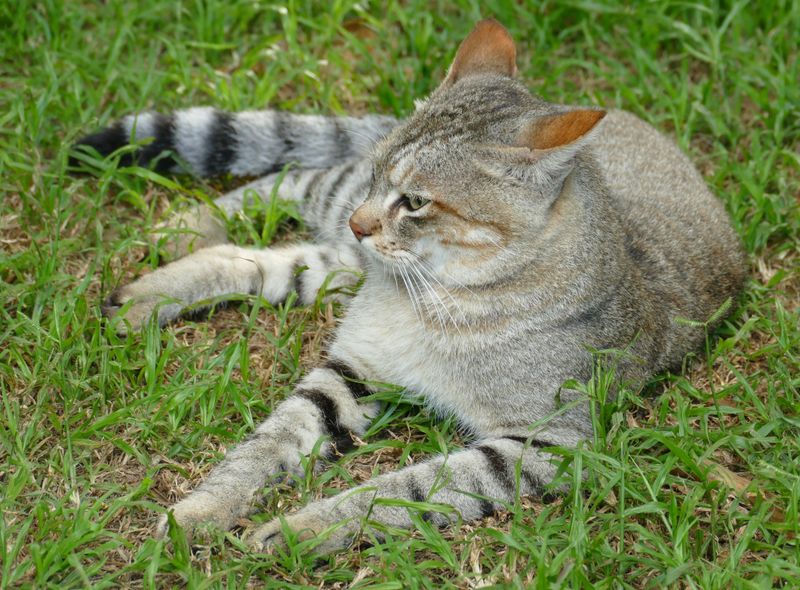📖 Table of Content:
Wild cats are masters of survival, thriving in some of the planet’s most extreme and unforgiving landscapes. Whether navigating snow-covered peaks or scorching deserts, these predators rely on finely tuned instincts and physical adaptations. Each species has evolved in response to its specific environment, making them highly efficient hunters.
Their unique features—ranging from powerful limbs to exceptional camouflage—allow them to stalk, chase, and capture prey with precision. Some blend seamlessly into rocky cliffs, while others move silently through dense jungle undergrowth. These traits are the result of countless generations shaped by nature’s demands.
Across continents and climates, wild cats play a crucial role in their ecosystems. They help maintain balance by controlling prey populations and influencing the behavior of other animals. Studying their adaptations reveals not only their resilience but also the incredible diversity of life on Earth.
1. Snow Leopard
Snow leopards rule the high Himalayas with their thick, spotted gray coats that blend perfectly with rocky mountainsides. Their wide, fur-covered paws work like natural snowshoes, spreading their weight on soft snow. These cats have extra-large lungs and chest cavities that help them breathe in the thin mountain air.
Known as the ‘ghosts of the mountains,’ they can leap up to 50 feet in a single bound! Their long, thick tails help with balance on steep slopes and wrap around their bodies like scarves when they sleep in the cold. Despite their power, snow leopards rarely attack humans and prefer wild prey like blue sheep and ibex.
2. Andean Mountain Cat
Found at altitudes reaching 15,000 feet, Andean mountain cats are some of the rarest felines on the planet. They survive the frigid Andes Mountains with the help of dense silver-gray fur patterned with brown spots and stripes. Their long, bushy tails—nearly 70% of their body length—help them balance and stay warm in the cold.
Ancient Andean people considered these cats sacred. Local communities once believed wearing their fur would bring a good harvest. Scientists didn’t photograph a live Andean mountain cat until 1998, showing just how elusive these high-altitude hunters are as they stalk chinchillas and mountain viscachas.
3. Puma
Also called mountain lions or cougars, pumas are master climbers found throughout the Americas. Their powerful hind legs can launch them 15 feet straight up a cliff face! Unlike big cats, pumas can’t roar but make eerie screams and whistles that echo through mountain canyons.
These tan-colored hunters have specially adapted ankle joints that rotate, allowing them to scramble down trees headfirst. This unique ability helps them escape larger predators and ambush prey from above. A puma’s territory can cover up to 100 square miles of mountain wilderness, which they mark with scratch piles and scent to warn off rivals.
4. Lynx
In remote mountain forests, lynx glide silently through the snow, guided by their keen hearing. Tufted ears pick up the slightest noise from hidden prey, while their oversized, padded paws act like natural snowshoes. These stealthy hunters rely on snowshoe hares and ptarmigan to survive the long winters.
The black tufts on their ears serve as antennas that help them pinpoint sounds in three dimensions. A lynx can hear a mouse squeak from 250 feet away! These medium-sized cats grow extra-thick winter coats with up to 9,000 hairs per square inch. Their stocky bodies conserve heat, while their bobbed tails prevent frostbite by reducing exposed extremities.
5. Clouded Leopard
Clouded leopards are the mountaineering champions of Asia’s forests with ankle joints that rotate 180 degrees. This amazing flexibility lets them climb down trees headfirst and hang from branches using only their back feet! Their cloud-patterned coats blend perfectly with dappled forest light.
These medium-sized cats have the longest canine teeth relative to skull size of any modern cat—proportionally bigger than a tiger’s! Scientists call them ‘modern-day saber-tooths’ because of these impressive fangs. Clouded leopards can open their jaws wider than any other cat, a special adaptation for grabbing prey in tight tree spaces high above the forest floor.
1. Lion
Unique among wild cats, lions form social groups known as prides, which work cooperatively to hunt large prey like buffalo and zebras. Their tawny fur provides camouflage in savanna grass, aiding in stealth approaches. Male lions develop manes that serve both as visual indicators of fitness and protection during fights.
A lion’s roar can be heard up to five miles away across open plains! This powerful sound helps pride members locate each other and warns off intruders. Female lions do most of the hunting, using teamwork to surround prey. They’re built for short, powerful bursts of speed rather than the long chases needed in open grasslands.
2. Cheetah
Cheetahs are built for speed on open plains with special adaptations that make them Earth’s fastest land animals. Their flexible spines work like springs, allowing their bodies to stretch and contract with each 25-foot stride. Special foot pads with ridge-like treads grip the ground like racing tires during high-speed chases.
A cheetah’s heart, lungs, and nostrils are enlarged to process oxygen rapidly during sprints of up to 70 mph. Their distinctive tear marks help reduce glare from the sun when hunting in bright grasslands. Unlike other cats, cheetahs can’t fully retract their claws, which work more like cleats on running shoes to provide extra traction when accelerating.
3. Serval
With their unusually long legs, servals stand tall in the grasslands of Africa. These feline hunters use their height to scan the savanna and strike with an explosive pounce. Their most impressive move? A vertical leap reaching 10 feet to grab birds right out of the air.
Their enormous satellite-dish ears can rotate independently to pinpoint the exact location of rodents moving underground. When hunting, servals tilt their heads and listen carefully before striking with deadly accuracy. The serval’s spotted golden coat breaks up its outline in patchy grasslands. These cats are so successful at hunting that they only fail to catch prey about 50% of the time—much better than the 75% failure rate of most cats.
4. Caracal
Caracals patrol grasslands and scrublands with their distinctive black ear tufts acting as communication signals to other caracals. These medium-sized cats can take down prey three times their size using powerful hind legs that launch them six feet into the air from a standing position!
Ancient Egyptians trained caracals for bird hunting competitions. The cats would knock down multiple birds with single swats of their paws, amazing spectators with their agility. Caracals need very little water to survive in dry grasslands. They get most of their moisture from the blood of their prey, making them perfectly adapted for life in arid environments where water sources are scarce.
5. African Wildcat
African wildcats roam grasslands as the ancestors of our house cats, with sandy-colored coats that disappear against dry grass and soil. These wildcats hunt mainly at dawn and dusk when small prey is active, using their excellent night vision to spot movement in low light.
Unlike their domestic descendants, African wildcats are expert tree climbers who stash extra food in branches away from scavengers. They mark territory with scent glands located on their faces, paws, and tails. Female wildcats raise their kittens in hidden dens among rocks or abandoned burrows. The kittens learn hunting skills through play, pouncing on everything from grasshoppers to their mother’s twitching tail.
